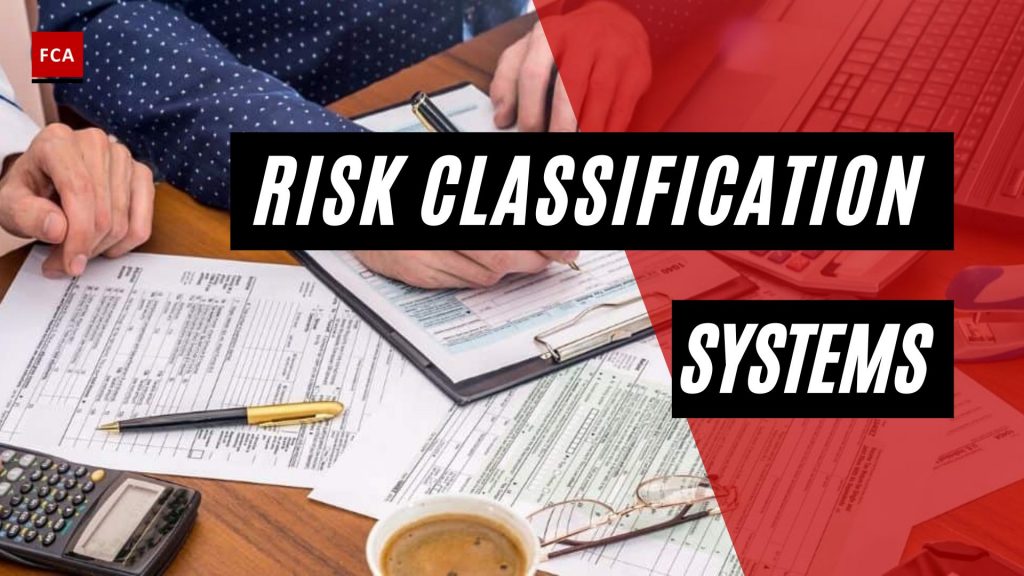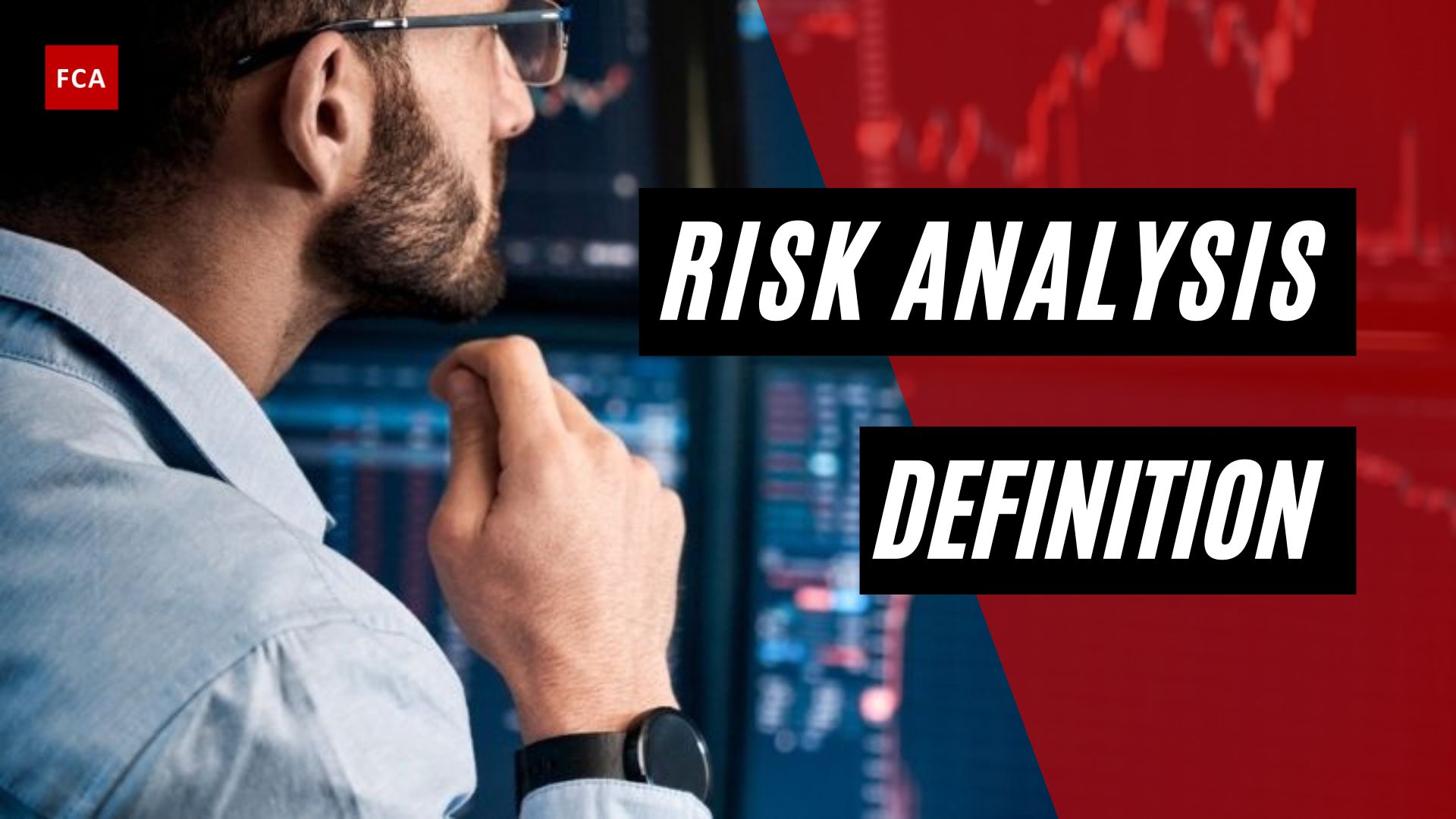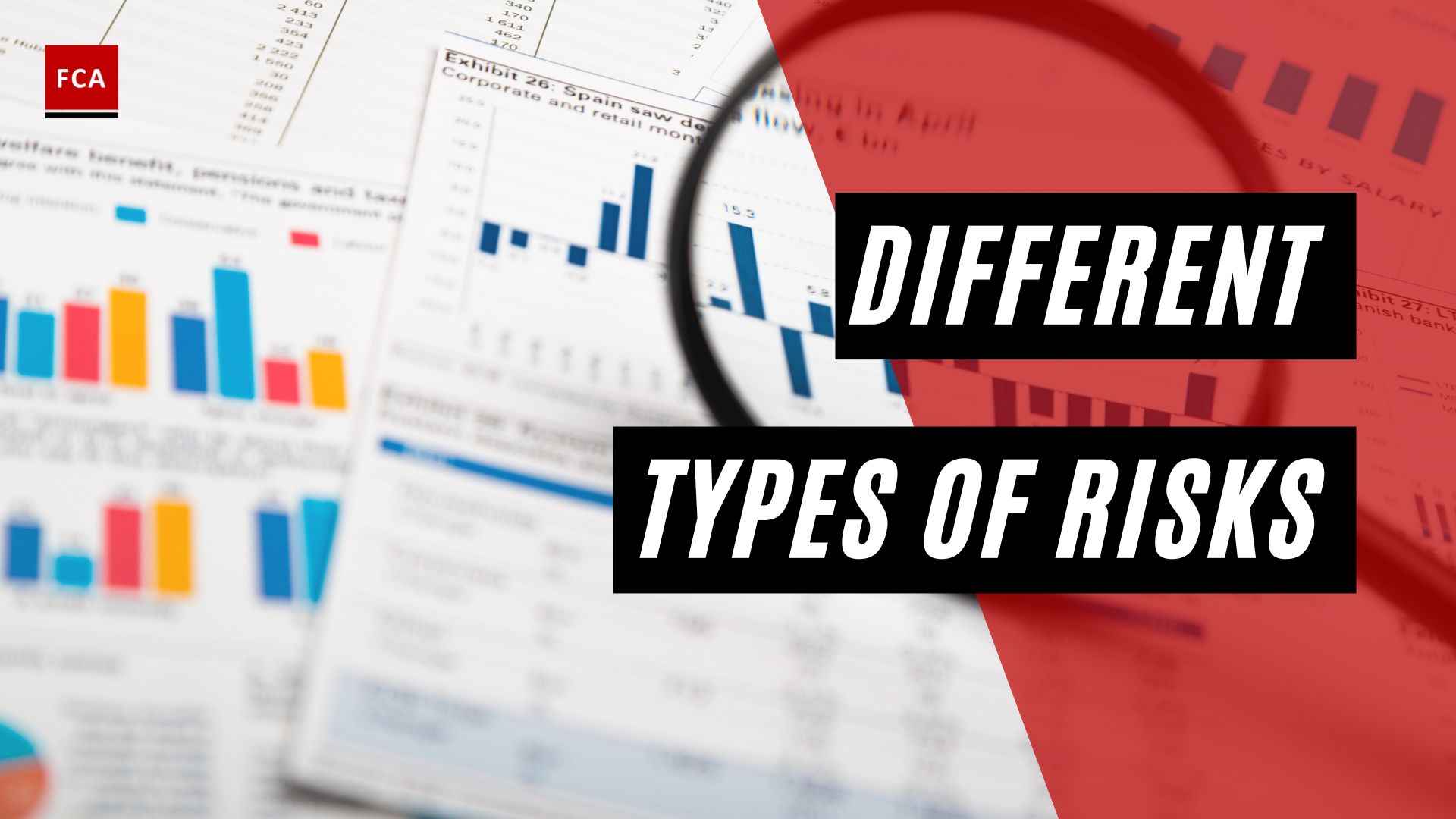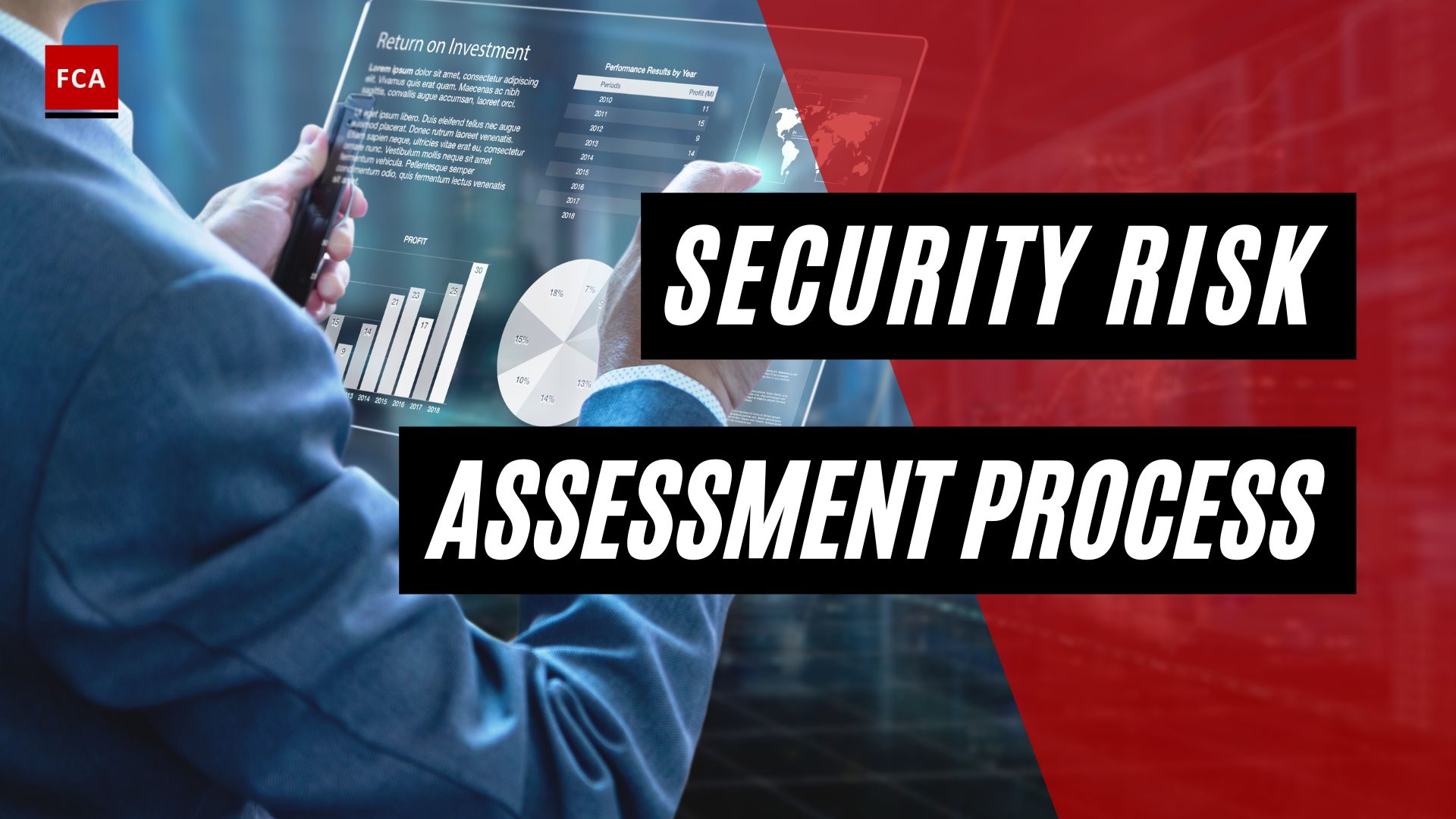The risk classification systems. Identifying risks and their categorization into suitable risk categories are fundamental to enterprise risk management procedures. Risk categorization makes the evaluation of inherent and residual risks for various processes and activities possible. Without categorizing risks into suitable types or classes, management may be unable to properly examine the risks associated with various processes and departments. Risk must be categorized based on its type, nature, and complexity.

Risk Classification Systems
To categorize risks, organizations must first identify the sources of the risks, including identifying potential sources of information, data, research, and reports that can assist risk owners in identifying their relevant and applicable risk sources. This enables organizations to categorize their risks and analyze the effect and likelihood of each. Internal audit reports, regulator inspection reports, historical loss data, financial information, customer complaints data, news database, recorded hazard events, penalty data, and so on are examples of risk sources.
The organization’s risk identification process and all the departments and process owners understand these sources to identify their relevant risks from these sources. Without identification of risk sources and landscape, the risks may not be completely or accurately identified, resulting in incomplete risk assessment and management.
Board of Directors
The Board of Directors, through the senior management ensures that all the risk sources are established, and each departmental head with the employees reads and understands the requirements and purposes of the risk universe or sources. After an appropriate understanding of the risk sources, key and significant risks are identified.
The objective is to guarantee that relevant and significant risks are identified and categorized based on their nature and type. The classification of risks allows management and process owners to comprehend the significance and category of the detected risks, which can be classified as high, medium, or low based on the risk assessment criteria that have been established.
Risk Classification
Risk classification is achieved through defining the quantitative and qualitative risk assessment criteria. Once the risks are identified and tagged with the risk types, the inherent and residual risk assessment is performed considering the level of controls in place to mitigate the risks. After performing the residual risk assessment, the risks are classified into three broad levels, which are high risks, medium risks, and low risks.
The organization considers the criticality of the function and process to which the risk pertains during risk categorization. Key departments and processes are constantly prioritized, and associated risks are typically labeled as high to ensure that all critical procedures are frequently evaluated from a risk management standpoint. This is required because risk in essential processes may result in large financial, operational, reputational, and strategic losses.
Such a categorization allows management to classify high-level hazards as priority risks for monitoring and management. All cross-functional high-level hazards are aggregated to provide a more comprehensive picture of the main dangers to which an organization is vulnerable. Once all of the high-level classified risks have been aggregated, each process owner begins implementing the requisite procedures and controls that must be in place to mitigate such high-level risks.
Emerging Risks
Emerging risks are also examined and categorized as they emerge when the business context evolves and have the potential to impact the entity’s risk profile in the future. It should be noted that emergent risks may not be sufficiently understood enough to effectively identify and assess them from the outset, necessitating more frequent reidentification.
Organizations should also communicate new information about developing risks as it becomes available. Identifying new and emerging risks and changes in current risks helps the company to look ahead and plan for the future, giving them time to analyze the possible severity of the risks as well as capitalize on these developments. As a result, having time to examine the risk allows the company to anticipate the risk response or, if necessary, revise the entity’s strategy and business objectives. Some risks may remain undiscovered risks for which the company has no reasonable expectation of considering during risk identification.
Medium And Low Level Risks
Medium and low-level risks are not disregarded but are given second priority in terms of monitoring. It is always conceivable that risks categorized as medium-level risks will become high-level risks as a result of changes in business practices, legislative changes, etc. As a result, constant monitoring for such medium-level categorized threats by management is equally recommended.
Current Practices
As a result of experience, a plethora of risk classification systems have been designed, implemented, and modified over the years. Medical science, economics, and other disciplines, as well as actuarial science, are likely to result in the continued evolution of these systems. While it is impossible to predict future developments with certainty, practicing actuaries can take reasonable steps to stay current on emerging and current practices. These practices may differ significantly depending on the field of practice. For example, risk classes for voluntary life insurance can be subdivided to reflect the applicant’s health, smoking habits, and occupation, whereas these factors are typically ignored in pension systems.
Risk Management
The process of identifying, assessing, and controlling threats to an organization’s capital and earnings is known as risk management. These risks arise from a variety of sources, including financial uncertainty, legal liabilities, technological issues, strategic management errors, accidents, and natural disasters.
A successful risk management program assists an organization in considering all of the risks it faces. Risk management also investigates the relationship between risks and the potential for them to have a cascading impact on an organization’s strategic goals.
Importance Of Risk Management
Risk management has never been more important than it is right now. Because of the rapid pace of globalization, the risks that modern organizations face have become more complex. New risks emerge on a regular basis, many of which are related to or generated by the now-ubiquitous use of digital technology. Risk experts have dubbed climate change a “threat multiplier.”
The coronavirus pandemic, which recently manifested itself as a supply chain issue at many companies, quickly evolved into an existential threat, affecting the health and safety of their employees, the means of doing business, the ability to interact with customers, and corporate reputations.
Final Thoughts
Since the profession’s inception, risk classification has been an essential component of actuarial practice. The failure of nineteenth-century assessment societies, where life insurance was provided at rates that ignored age, exemplified the financial distress and inequity that can result from ignoring the impact of differences in risk characteristics. Failure to adhere to actuarial principles regarding risk classification for voluntary coverages can result in underutilization of the financial or personal security system and thus lack of coverage for lower risk individuals, as well as coverage at insufficient rates for higher risk individuals, endangering the system’s viability.









